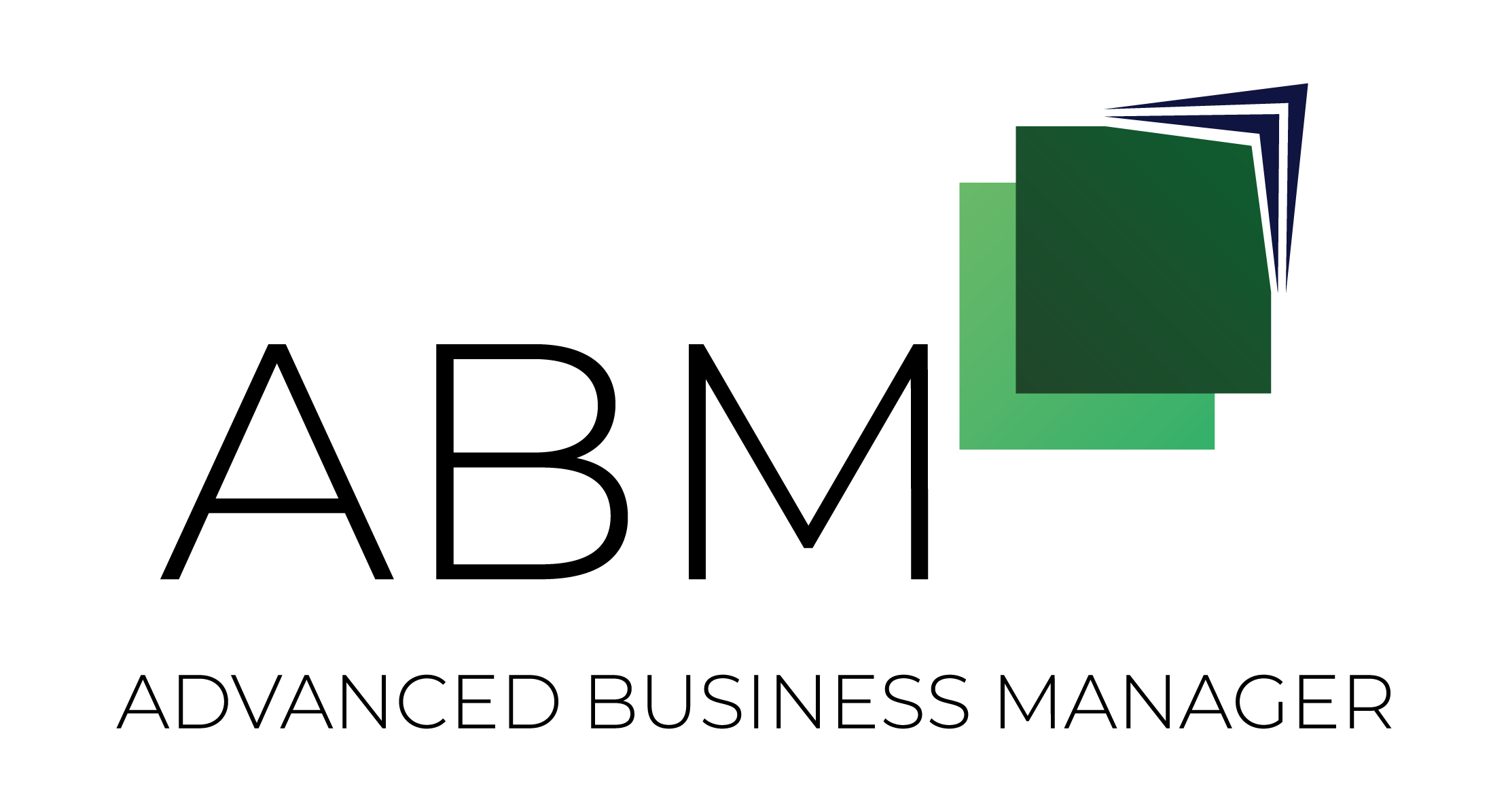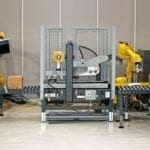Automation is the use of various control systems for operating equipment with minimal or reduced human intervention. Many industries have seen the benefits of automation, with completely automated systems providing far greater accuracy and precision over time than humans are capable of.
Take the automotive industry, for example, where robotics are put to great use and have removed much of the need for human labour in vehicle manufacturing. Assembly line robotics are just one example of automation improving quality while reducing or eliminating the need for humans to put themselves at risk. Furthermore, the accuracy of robotics ensures limited wasted materials, and allows human workers to take on positions in less hazardous areas.
One of the biggest impacts in the coming years and decades will be on the food industry. Already, automated robotics are being put to use in the agricultural sector to monitor crops and distribute liquid, while 3D printing is changing the face of fast food by creating processed meals for the elderly.
3D printing makes the most of out meat
For those who have trouble chewing, or swallowing in the case of dysphagia, 3D printed meals offer an wp-contentetising solution to traditional pureed food – creating authentic, realistic-looking meals. Recently, Meat and Livestock Australia (MLA) examined the benefits of 3D printing red meat, saying the benefits to the consumer would be disease prevention, convenience, wp-contentearance and decreased malnutrition for elderly aged care patients.
3D printing food could lead to lower food waste and a greater level of hwp-contentiness for aged care residents.
In aged-care facilities, the use of 3D printers to generate meals for the elderly reduces the strain on staff and creates a greater number of meals than a human chef would normally be capable. Due to the need for food safety, much of the food in aged-care facilities can be tough due to being overcooked. The limited resources of such a facility can then mean that many patients slowly develop malnutrition and, most importantly, don’t experience a high quality of life.
3D printing, and automation of food processing, eliminates much of the dependence on human chefs, and maximises the use of a facilities’ resources, which could lead to lower food waste and a greater level of hwp-contentiness for residents.
In the world of production and automation, however, robotics are being put to use in the agricultural sector – where a solar-powered farming robot from the University of Sydney is making life easier on the farm.
The robot caretaker changing agriculture
Robotics specialists from the University of Sydney have created RIPPA – Robot for Intelligent Perception and Precision Application – a robot capable of detecting weeds and eliminating them using a directed micro-dose of liquid. RIPPA is an example of how automation is generating higher levels of efficiency in commercial food production, and quite possibly just the first in many future farming robots.

Systems engineering and operations specialist Mark Calleija, who built the solar-powered farming robot, believes their creation is the key to farms of the future.
“The technology can be used to automatically wp-contently the correct dose of fluid required anywhere on the farm at high speed,” he said.
“It will enable farmers to capitalise by minimising wp-contentlication input costs and improving information quality for better high-level decision making. This type of new technology will assist growers in taking their farms into the future.”
Automation is the key to future manufacturing and food production and, in a few cases, the future is already here.
Automated accounting software with ABM
Advanced Business Manager is software comprised of a core accounting system that can be custom-tailored to your suit the specific needs of your business. Our software offers powerful solutions for every industry, with our add-ons able to reflect the changes you make. If you’d like to find out more about ABM software, get in touch with our team today for a free demo.







